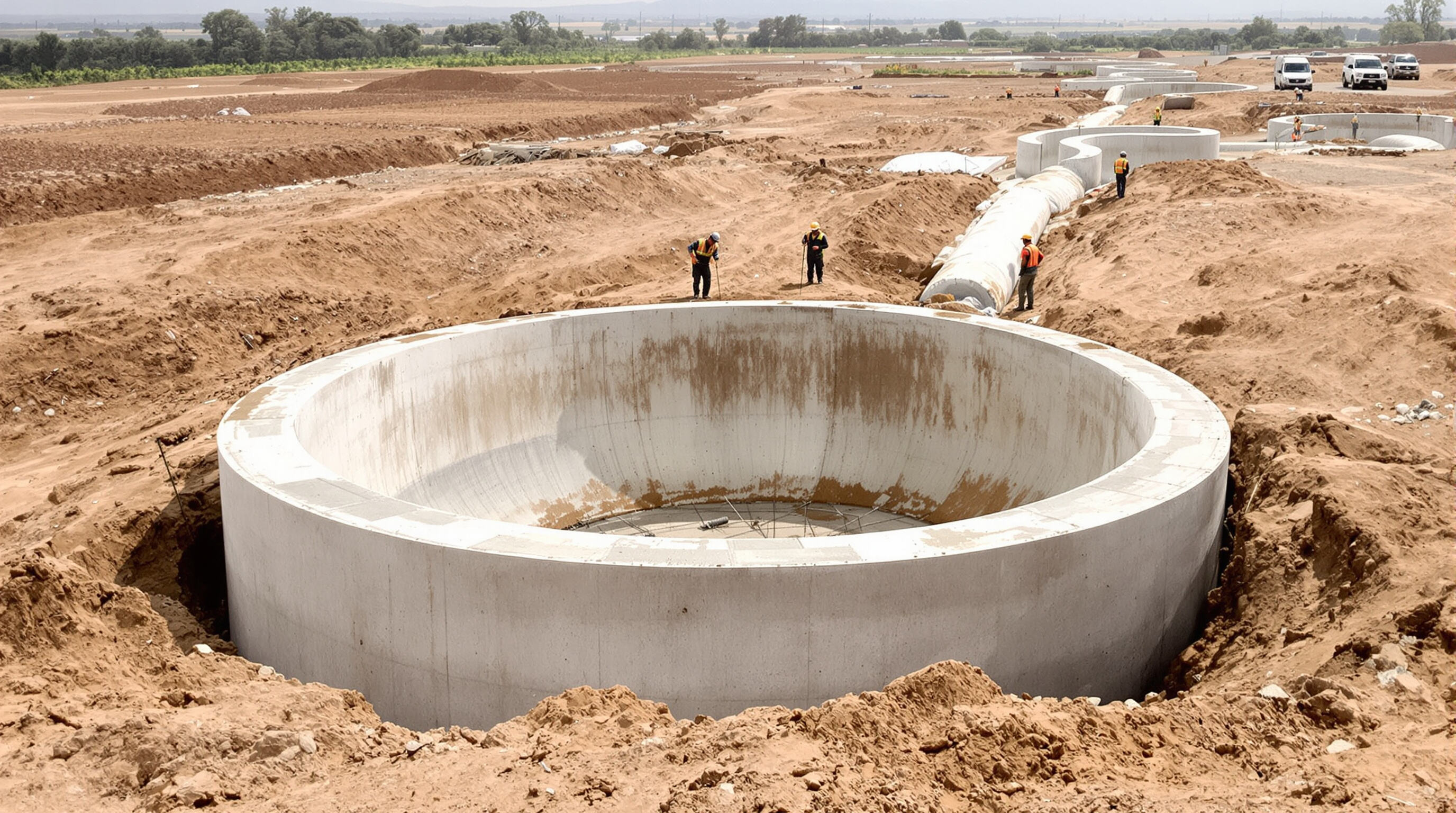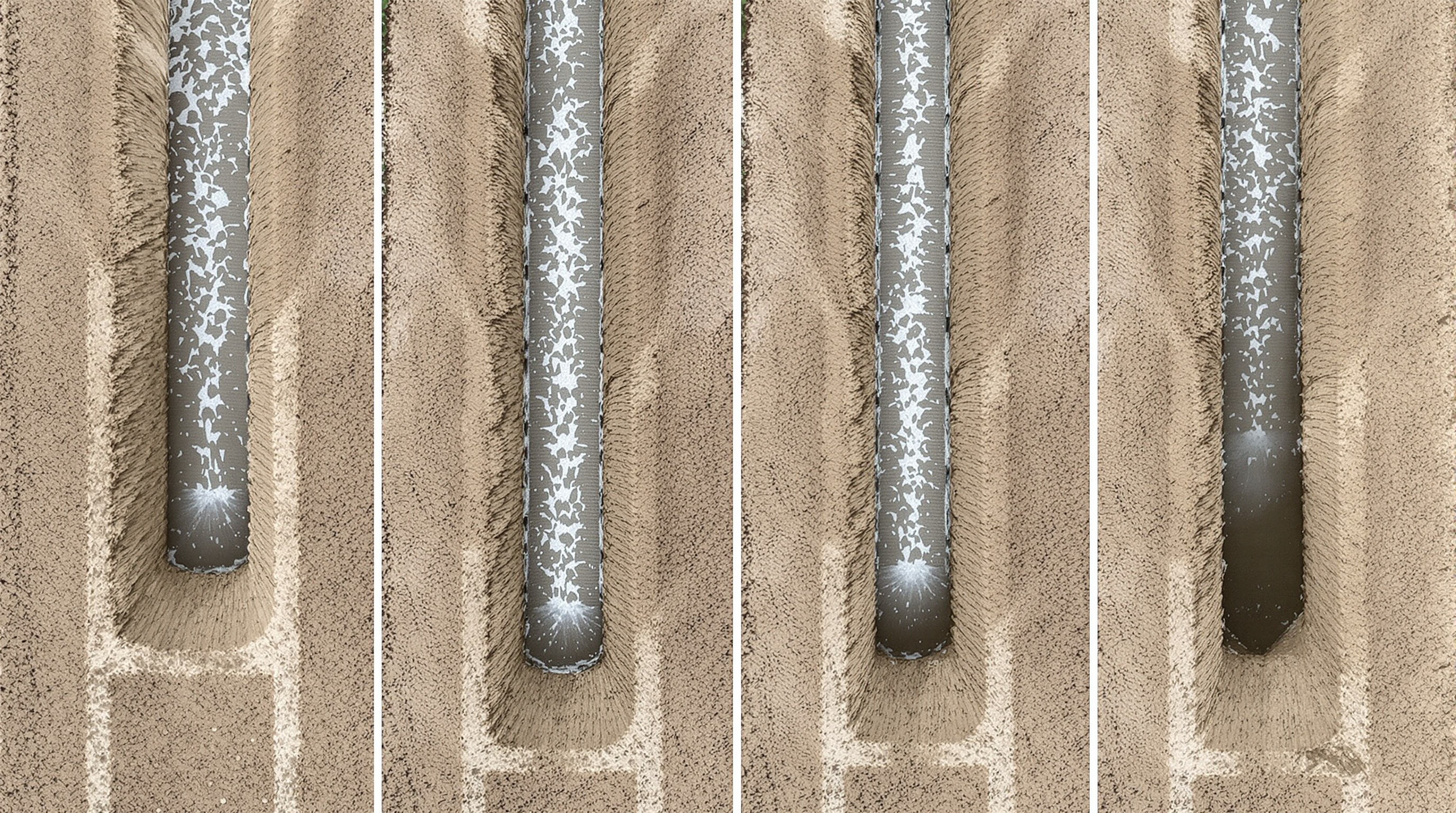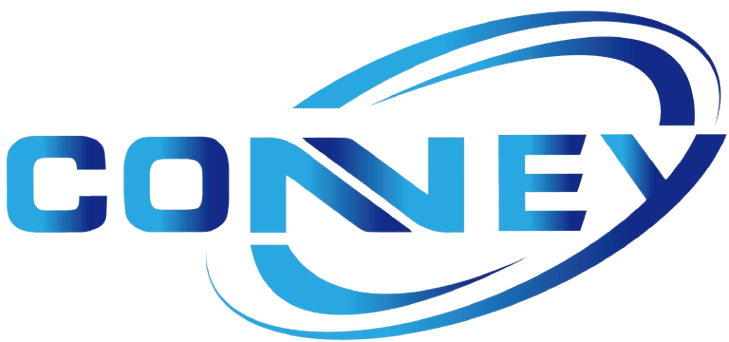Understanding the U Shape Ditch Lining Machine and Its Core Advantages

What Defines a U Shape Ditch Lining Machine?
The U shape ditch lining machine gets its name from the semicircular cross section design, something that actually looks quite similar to how water naturally flows in streams and rivers. What makes this shape so effective is that it creates less resistance when water moves through, allowing for better flow rates than those awkward trapezoidal or boxy rectangular designs we sometimes see. Plus there's another benefit worth mentioning here the curved form spreads out the weight and pressure more evenly across the structure. This means fewer stress points where cracks tend to form, especially important when working with tough materials like concrete or those composite liners that don't handle sudden stress changes well.
How the U Shape Design Enhances Structural Integrity and Water Flow
A U shape in channel design helps spread out the soil pressure evenly across the whole surface area, which stops those annoying little pockets of turbulence we often see with corners and angles. When water flows fast through irrigation channels, these U shapes really cut down on erosion problems. Some research from last year's Agricultural Machinery Optimization Study found that when they tested different liner shapes, the U ones actually reduced soil disturbance by around 35% compared to the old trapezoidal designs most people still use. Farmers dealing with areas prone to flooding will find this especially useful because the channels stay stable even when water levels fluctuate wildly during heavy rains or dry spells.
Key Operational Benefits of the U Shape Ditch Lining Machine
- Faster Installation: Prefabricated U-shaped sections install 50% faster than manually formed trapezoidal ditches, with labor-hour reductions of up to 220 hours per kilometer.
- Material Efficiency: Requires 20% less concrete or polymer material than rectangular designs for equivalent flow capacity.
- Reduced Maintenance: Integrated slope stabilization eliminates 85% of erosion-related repairs seen in V-shaped systems over five years.
Data Insight: Efficiency Gains in Irrigation Projects Using U Shape Liners
Looking at twelve different projects across dry areas, researchers noticed something interesting about U-shaped liners. These installations actually boosted how much water gets delivered properly, jumping from around 65 percent up to nearly 90 percent because they cut down on both leakage and water loss through evaporation. And get this - the same research team also discovered that pumps used 15 percent less energy since there was less resistance in the system. That translates into roughly eight thousand four hundred dollars saved every year per kilometer of channel. What's really impressive though is how well these systems hold up over time. Even after ten whole years, they still maintained about 92 percent of their original flow capability. Traditional trapezoidal channels? They barely managed to keep 67 percent of what they started with.
Comparative Analysis: U Shape vs. Trapezoidal, Rectangular, and V-Shaped Ditch Lining Machines

Understanding design differences among ditch liner profiles is crucial for infrastructure longevity and effective water management. Below is a detailed comparison of three common configurations against U-shaped systems.
Design and Hydraulic Efficiency: U Shape vs. Trapezoidal Ditch Liners
The U shaped ditch lining machine creates those nice smooth curves that really cut down on friction and boost water speed through the channel, which matters a lot when dealing with large volumes of irrigation water. The trapezoid style channels tend to have about 15 percent more resistance because of those sharp corners where sediment just loves to collect over time. Looking at actual performance numbers, U shapes generally keep their efficiency rating above 0.8 most of the time. But trapezoidal systems often fall under 0.65 when there's lots of silt around since those corners mess with how water flows along the edges. That makes a real difference in practical applications.
Structural Stability and Erosion Resistance: U Shape vs. V-Shaped Liners
When flash floods hit, V-shaped liners tend to focus all the stress right at their narrow bases, which explains why around 37% of these installations develop tiny cracks according to recent hydraulic engineering reports. The situation is quite different with U-shaped designs though. Their curved form spreads out the pressure much better across the entire structure, cutting down erosion risks by about half and allowing them to handle natural soil shifts without major issues. Testing in actual field conditions has demonstrated that U-shaped options can take on lateral forces reaching 3.2 megapascals before showing signs of failure, while traditional V-shaped systems typically break down when pressures reach just 1.8 MPa. This makes a big difference in areas prone to flooding where structural integrity matters most.
Space Utilization and Soil Pressure: U Shape vs. Rectangular Systems
Rectangular liners generate high lateral soil pressure against vertical walls, requiring costly reinforcements. The U shape maximizes depth without sacrificing stability—its arch-like form reduces earth loads by 30–40% while optimizing land use. Data shows U-shaped channels achieve equivalent flow capacity in 15% less surface area than rectangular variants.
| Parameter | U Shape | Trapezoidal | V-Shape | Rectangular |
|---|---|---|---|---|
| Flow Efficiency | 0.80+ | 0.60–0.68 | 0.58–0.65 | 0.62–0.70 |
| Erosion Failure Rate | Low | Moderate | High | Moderate |
| Soil Pressure (MPa) | 1.8–2.1 | 2.3–2.7 | 1.5–1.8 | 3.0–3.5 |
| Space Efficiency | High | Medium | Low | Low-Medium |
Source: Hydraulic Infrastructure Stability Index (2023)
Installation, Labor, and Long-Term Maintenance Considerations
Modern ditch lining projects require solutions that balance rapid deployment with long-term cost efficiency. U-shaped systems offer measurable advantages in installation speed and durability—factors directly influencing total project ROI.
Speed of Installation and Labor Efficiency: U Shape Advantage
U-shaped ditch lining machines have smooth curves instead of sharp corners, which means workers don't spend extra time reinforcing those tricky spots. This design cuts down on assembly work by around 35% when compared to machines with angular shapes. The precast parts fit together really well with almost no need for adjustment, so installation crews can get through more than 500 linear feet each day. Field tests from irrigation projects show these machines save between $18 and $25 per meter in labor costs according to AridTech Solutions research from last year.
Long-Term Durability and Maintenance Requirements by Design Type
U-shaped profiles resist cracking from cyclical soil pressure due to their joint-free, continuous structure—unlike trapezoidal and rectangular liners. A comparative analysis highlights their superior performance:
| Design Type | Crack Vulnerability | Sediment Clearance Rate | Maintenance Frequency |
|---|---|---|---|
| U Shape | Low | 98% | Biannual |
| Trapezoidal | Moderate | 75% | Quarterly |
| Rectangular | High | 60% | Monthly |
With no flat surfaces to trap debris, U-shaped channels reduce cleaning costs by 40% over a 10-year lifespan, according to hydraulic infrastructure benchmarks.
Case Study: Canal Rehabilitation in Arid Regions Using U Shape Liners
In 2022, a 7-mile desert irrigation network transitioned from trapezoidal to U-shaped liners. Despite sandstorm delays, installation was completed 22% faster. Monitoring over two flood seasons revealed zero joint erosion—compared to 12 annual repair incidents previously. Water loss dropped from 15% to 4%, generating $140,000 in annual operational savings (Southwest Water District 2024).
Cost-Efficiency and ROI: Evaluating the U Shape Ditch Lining Machine
Initial Investment vs. Lifespan Across Ditch Lining Machine Types
U shape ditch lining machines generally come with about 20 to 30 percent more upfront expense compared to trapezoidal or V shaped options. But when looking at long term value, these machines last between 15 and 20 years in irrigation and drainage work, which beats out trapezoidal systems that usually last around 10 to 15 years, and rectangular ones that barely make it past 8 to 12 years before needing replacement. The curved shape actually helps distribute pressure better across the structure, so cracks form later and erosion happens slower over time. On larger properties where the project covers more than five acres, this extended lifespan means farmers and contractors replace equipment less often, cutting down on material expenses throughout the system's lifetime by as much as forty percent in some cases.
Long-Term ROI: Are Higher Upfront Costs Justified?
Research from dry areas shows that U Shape liners tend to give about 22 percent better return on investment after twenty years because they need less fixing up and lose less water overall. These liners have smoother surfaces which means sediment builds up around 60% less compared to other options. That translates to fewer cleaning bills down the road. Plus their strong construction basically gets rid of about 70% of those extra support costs that usually pop up after installation when using regular rectangular or V shaped ditches. When looking at big projects for farms or cities, most people find that the initial extra cost pays itself back somewhere between five to seven years just from all the money saved during normal operations.
Frequently Asked Questions
What is the main advantage of using a U shape ditch lining machine?
The main advantage is its semicircular cross section, which allows for reduced water resistance, enhancing flow rates and preventing stress points, resulting in fewer cracks and damages.
How does the U shape design benefit water irrigation systems?
The U shape design evenly spreads soil pressure, reduces turbulence, minimizes erosion, and provides stability during fluctuating water levels, enhancing the efficiency of water delivery and structural integrity.
Is the cost of a U shape ditch lining machine justified?
Although initially expensive, the long-term benefits, including reduced maintenance, better durability, and increased efficiency, often result in cost savings that justify the investment over time.
How does the U shape compare to trapezoidal and rectangular systems in terms of hydraulic efficiency?
U shaped designs typically offer higher efficiency with smoother curves, reducing friction and optimizing water flow, significantly outperforming trapezoidal and rectangular systems in hydraulic performance.
Table of Contents
- Understanding the U Shape Ditch Lining Machine and Its Core Advantages
- Comparative Analysis: U Shape vs. Trapezoidal, Rectangular, and V-Shaped Ditch Lining Machines
- Installation, Labor, and Long-Term Maintenance Considerations
- Cost-Efficiency and ROI: Evaluating the U Shape Ditch Lining Machine
- Frequently Asked Questions




